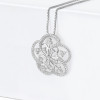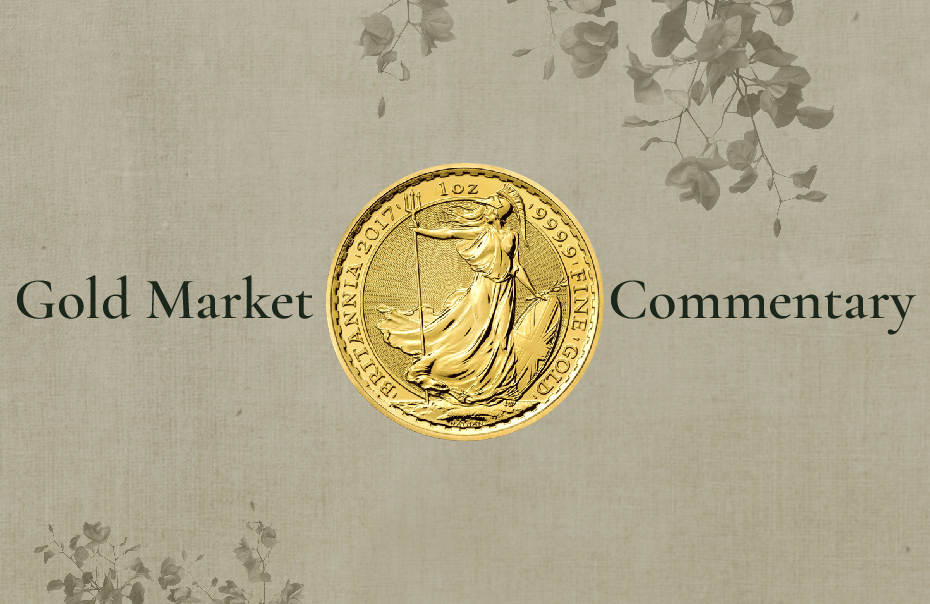Gold slipped in mid-January, pressured by a firmer dollar and sentiment that U.S. interest rates could rise in order to tame inflation.
Gold eased 0.3 percent to $1,816.22 per ounce on January 14, weighed by a stronger dollar and firmer Treasury yields on prospects of U.S. interest rate rises. Upside in the greenback makes dollar-denominated gold more expensive in terms of other currencies.
The U.S. economy is seeing a level of inflation not seen in decades.
This is relevant to gold as the U.S. markets have a big impact on the price of bullion.
Economists see risks that U.S. consumer price inflation could rise from current annualised levels of around 7 percent.
“There are worries that the U.S. Federal Reserve may raise interest rates at an enhanced rate to try and control inflation,” wrote Lawrie Williams, gold market commentator with bullion dealer Sharps Pixley.
A climate of rising U.S. interest rates can make non-yielding bullion less attractive to investors.
“Above expectation rises could put a temporary dampener on the gold price. So far, though, the Fed has tended to be cautious on policy implementations that might depress U.S. economic growth and it may be able to live a little longer with a high inflation level,” Williams wrote.
The price outlook for gold is looking better going into the third week of the new year, wrote Kitco News correspondent Anna Golubova.
“Analysts are weighing the consequences of a potential monetary policy mistake as the U.S. Federal Reserve (central bank) gets more hawkish amid the latest inflation data,” she wrote.
“The two key datasets keeping markets in a risk-off mood are inflation and retail sales. In the U.S., inflation ran at the hottest pace since 1982 in December,” she added. “Meanwhile, retail sales were down the most in 10 months, falling 1.9%.”
Retail sales fell as Americans struggled with shortages of goods due to supply chain bottlenecks and an explosion of COVID-19 infections.
Two leading drivers for gold going forward will be the U.S. dollar and bond yields, economists say.
For UK gold savers, the pound appears set to remain well-supported against the dollar as economists expect further rate rises by the Bank of England this year to control inflation. A stronger pound would make purchases of dollar-denominated gold more affordable.
Some economists see the possibility of a 25 basis points hike at the February meeting of the central bank.
The possibility of a leadership challenge to Prime Minister Boris Johnson could further support sterling as possible successors such as Chancellor Rishi Sunak or Foreign Secretary Liz Truss could bring a calmer, less erratic approach to government, some market commentators say.































